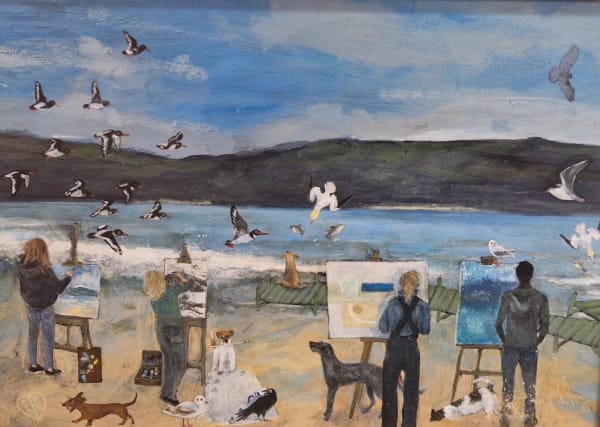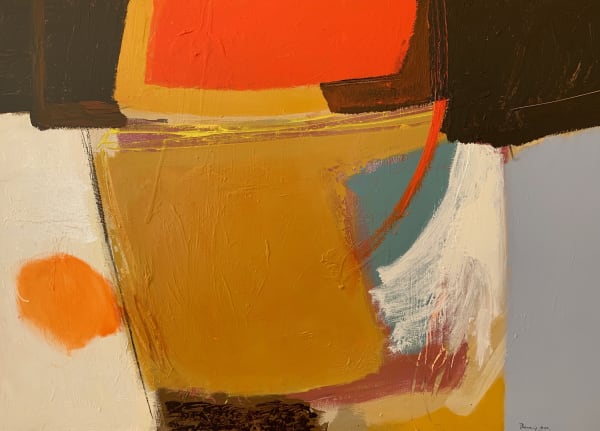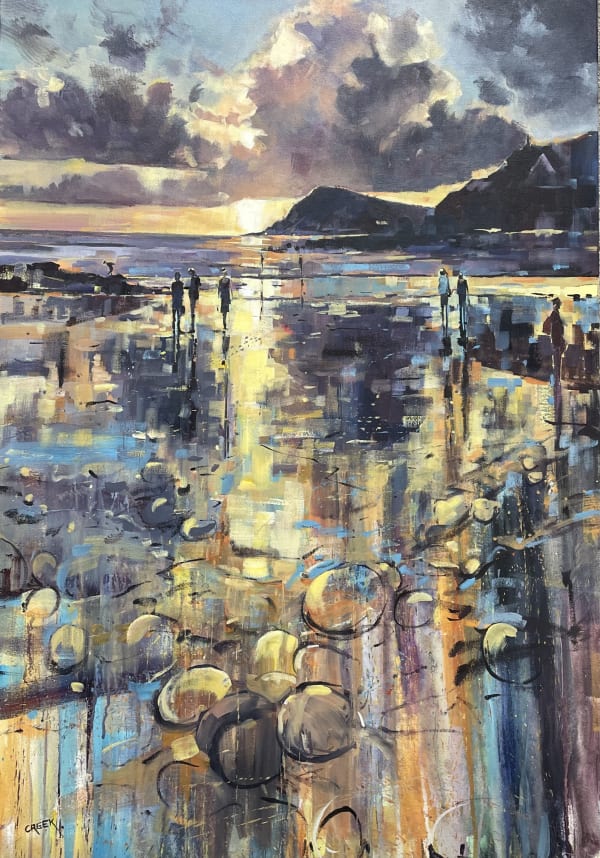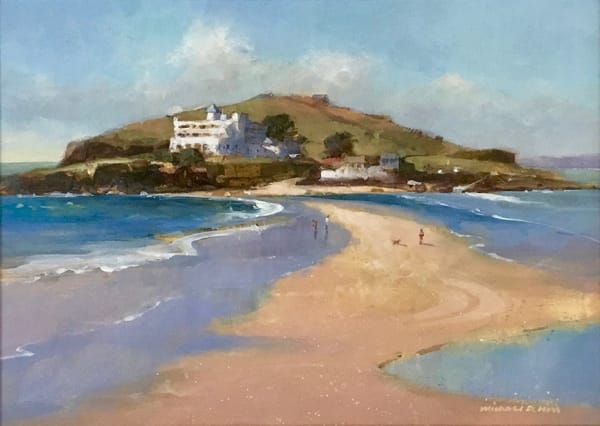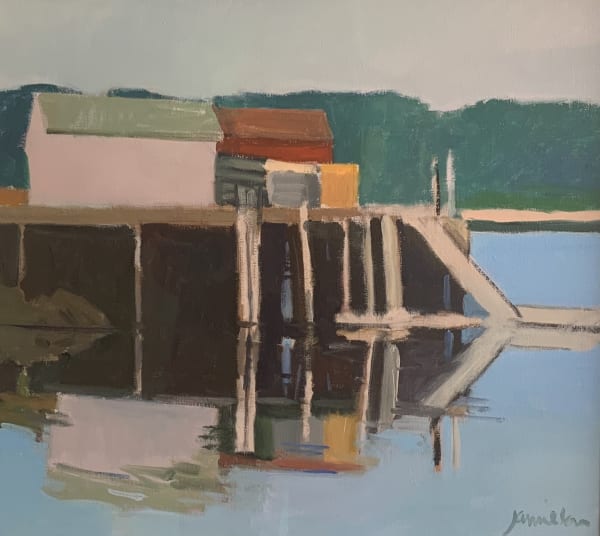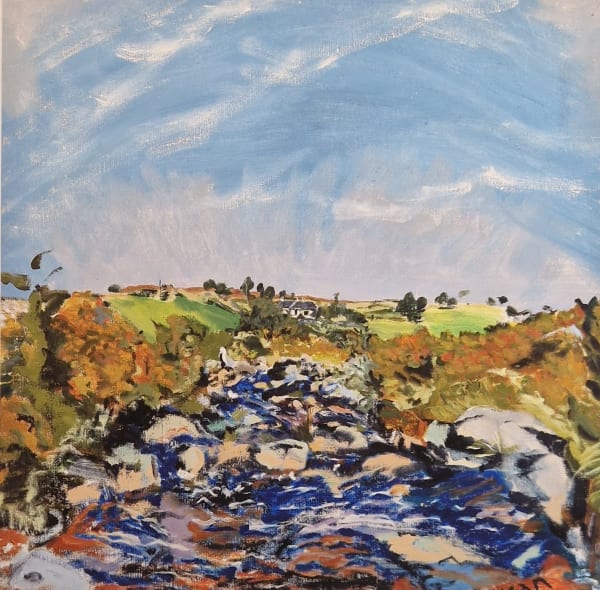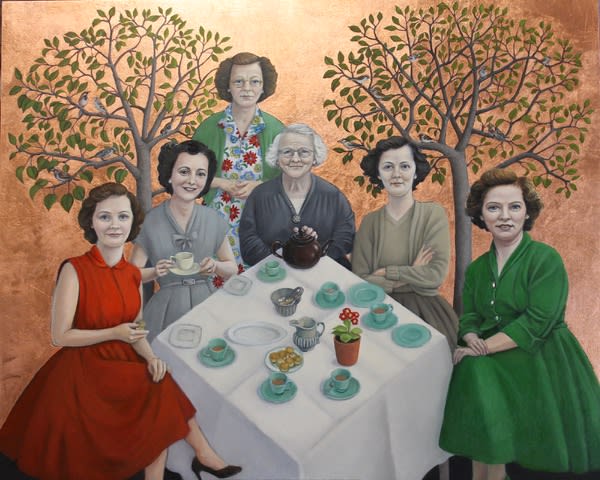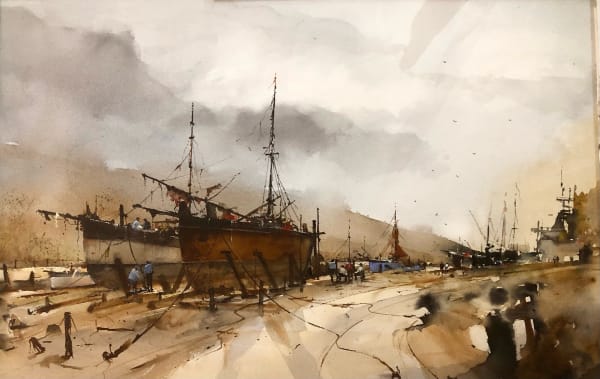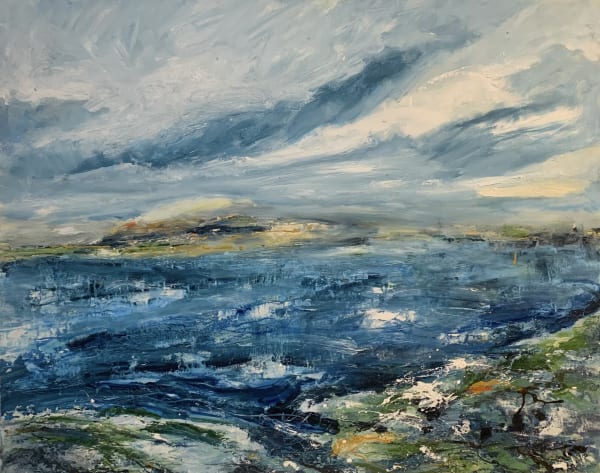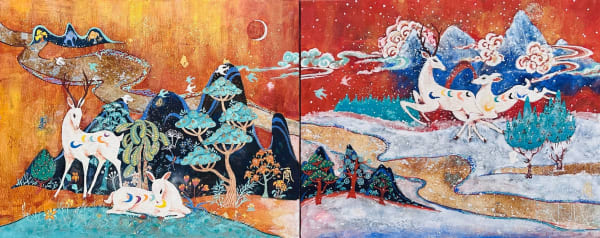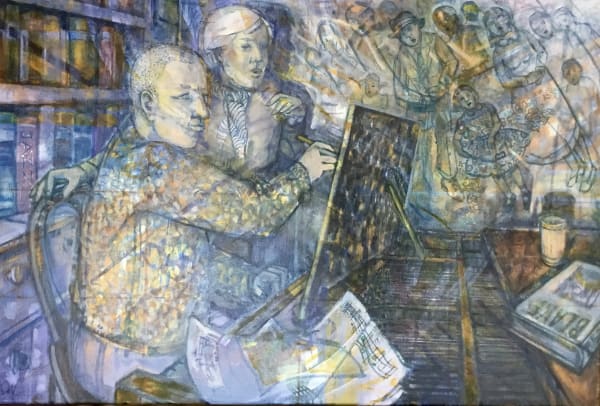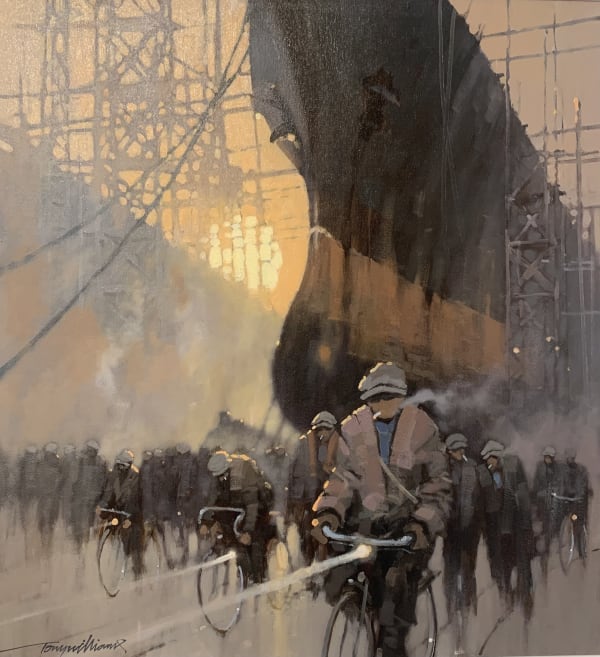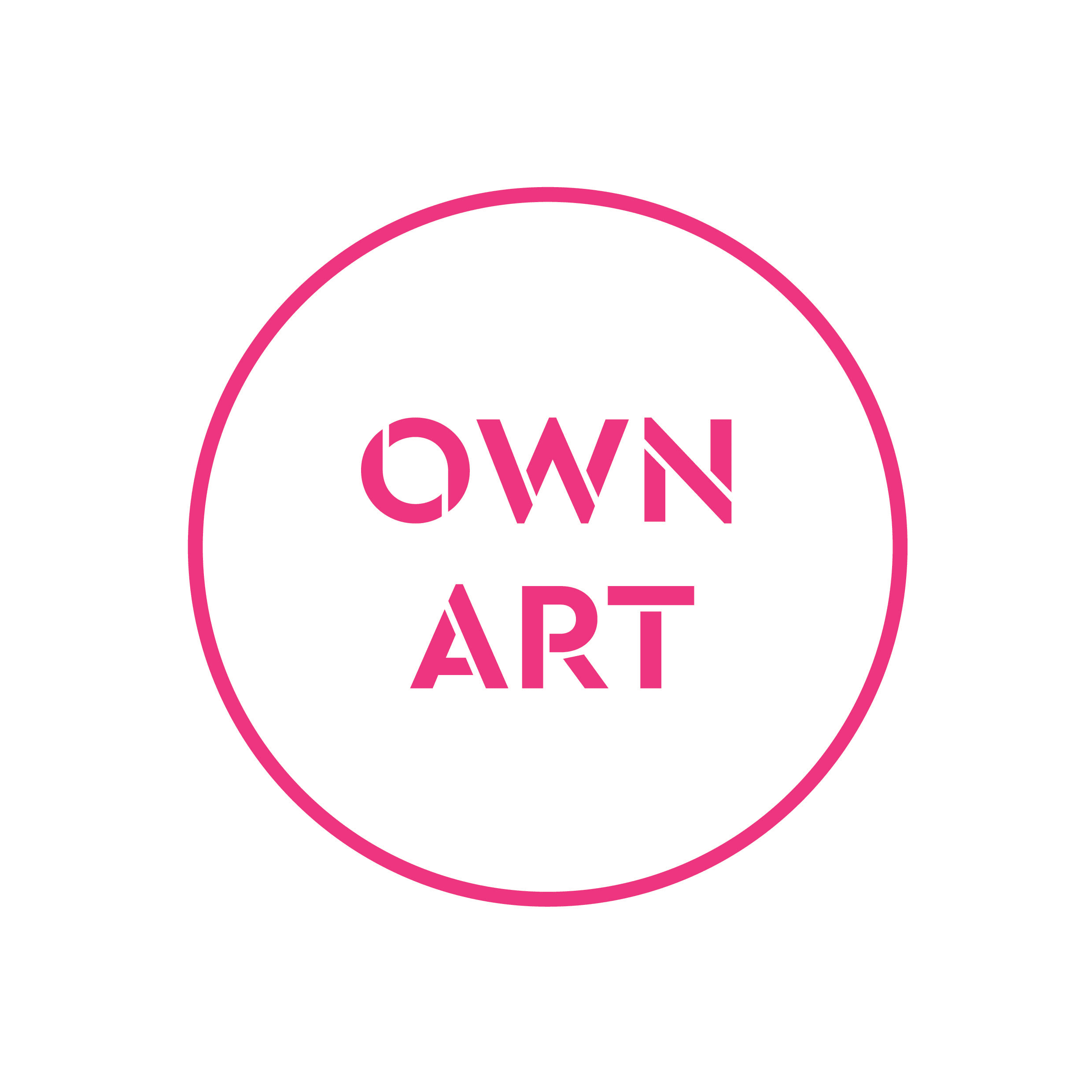-

Sam Ferriday Barnes
-

Anthony Amos
-

Fernando Asian
-

Konrad Bartelski
-

Hannah Bone
-

Emma Carter Bromfield
-

Jerry Browning
-

Gift Voucher
-

Lenny Cornforth
-

Ken Cosgrove
-

Phil Creek
-

Judith Cummings
-

Jo Dixon
-

Eleanor king
-

Julie Ellis
-

Emma Lamb
-

Graham Evernden
-

Mark Fielding
-

Fresh Talent Award Artists
-

Sculpture Gallery
-

John Grice
-

Tracy Hamer
-

Michael Hill
-

Derek Holland
-

John Hurford
-

Charles Jamieson
-

Jean Jones
-

Barry Kelly
-

Keng Wai Lee
-

Robert Oscar Lenkiewicz
-

Ben Lucas
-

Connor McIntyre
-

Andrew Miller
-

Marcelle Milo-Gray
-

Mike Moss
-

David Norman
-

Roger Palframan
-

Teresa Pemberton
-

Karen Popham
-

Alison Summerfield
-

Jo Thorne
-

Tina Tiana
-

Jo Vollers
-

Annie Ward
-

Joe Webster
-

Kate Westbrook
-

Tony Williams RSMA
-

Fred Yates
Join our mailing list
If you would like to receive our e-newsletters and invites to exhibitions please sign up below
* denotes required fields
We will process the personal data you have supplied in accordance with our privacy policy (available on request). You can unsubscribe or change your preferences at any time by clicking the link in our emails.

